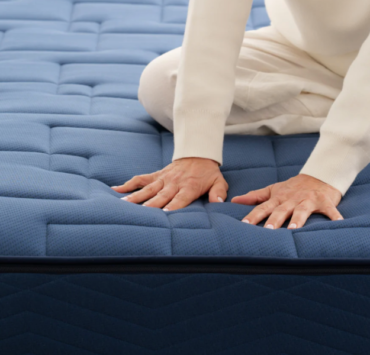The comfy confines of a showroom don’t quite replicate eight hours of sleep. That’s why sleep trials have become a cornerstone of the mattress industry, allowing customers to test a mattress at home risk-free.
But what happens to the returned mattresses? This returned inventory presents a dilemma for retailers: encourage exchanges or returns? Both options have pros and cons.
Sleep trials are a double-edged sword. On one hand, they instill confidence in customers, leading to higher sales and brand loyalty. Imagine the frustration of buying a mattress that creates backaches — a sleep trial mitigates that fear. However, these trials also generate a stream of returned mattresses.
While both exchanges and returns address customer dissatisfaction, encouraging exchanges offers distinct benefits for retailers:
- Higher Sales: Customers who exchange for a different mattress remain within your ecosystem, potentially spending more on a new model.
- Reduced Inventory Management: Exchanges require less processing and reselling compared to full returns.
- Customer Retention: A smooth exchange experience fosters brand loyalty and increases the chance of repeat business.
However, offering a return option provides flexibility for customers who may not find a suitable replacement within your brand. It also avoids the risk of pressuring customers into a more expensive option during an exchange.
Finding the return sweet spot
The ideal ratio of exchanges to returns depends on the sleep trial period and the generosity of your return policy. A longer trial period naturally leads to more returns. Industry benchmarks suggest a 5%-10% return rate as a healthy range, with a focus on steering customers toward exchanges whenever possible. Here’s how to optimize your returns strategy:
- Set clear trial guidelines: Clearly communicate the terms of your sleep trial, including the time frame for exchanges and returns, the condition the mattress needs to be in, and any restocking fees associated with exchanges. Advise customers that their body needs time to adjust to a new sleep system. The break-in period can take up to 30 nights for spring mattresses and 90 nights for foam mattresses.
- Prioritize customer service: Make the exchange and return process as smooth and hassle-free as possible.
- Local regulations: Check with your local government agencies to ensure you are properly cleaning, sanitizing and tagging any used merchandise before offering it for resale. This protects both your brand and your customers.
- Consider refreshing returned mattresses: For gently used mattresses, professional cleaning and repackaging can make them viable for clearance sales without damaging your brand.
Ultimately, sleep trials are a valuable tool for building trust and sales. By strategically managing returned mattresses, encouraging exchanges when possible and adhering to local regulations, retailers can turn a potential headache into a win-win for both the customer and the brand.




